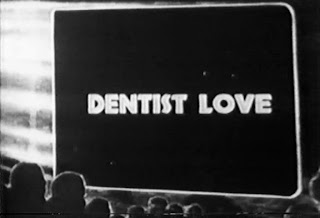Poor, poor Farmer Alfalfa...always bearing the brunt (or grunt?) of the forever restless livestock living on his farm. Sure, Al appears to be a neurotic seed-sower but after all he
did feed his pigs spaghetti by the mid-30s. If you've studied his cartoons you can see what he's been driven to...in 1921, he wore a bonnet as a milk maid...in 1923, he had nightmares of the Feline KKK persecuting him among other horrors.
Nonetheless the Farmer has been given some good treatment throughout history. In the 1950s, he was the star of at least two TV shows in a period when reviving old cartoon libraries was commonplace.
One fact usually escapes the average enthusiast's radar however...and many of you may have even seen one or more, but the Farmer and so many others were the subject of black-market Bootlegging in the early days of TV.
No, I don't mean legitimate reissue packages such as Stuart Productions, Commonwealth Pictures, etc etc. I'm talking about the obscure companies like Astra TV, Cinepix Inc., and Krazytoons. What these companies did was simple: take vintage cartoons and tack on new titles. In the case of Astra, if the cartoons were old enough (10s and 20s silents) the original titles would be left intact.
Cinepix on the other hand had a better idea: dupe sound Terrytoons and replace the soundtracks with Winston Sharples music. Don't get me wrong, I have an undying love of Terrytoons, but sometimes this made the cartoons one percent more interesting (the footage and music tends to blend nicely.)
Now for your enjoyment are some visuals...
An early Astra intro title


It may be a little hard to see, but look at this typical Astra title card ...there's Mickey, and whaddya know, the Nazi Wolf from one of those WWII Disney cartoons!

Typical Cinepix fare...
Check back for more on vintage bootlegs!


































